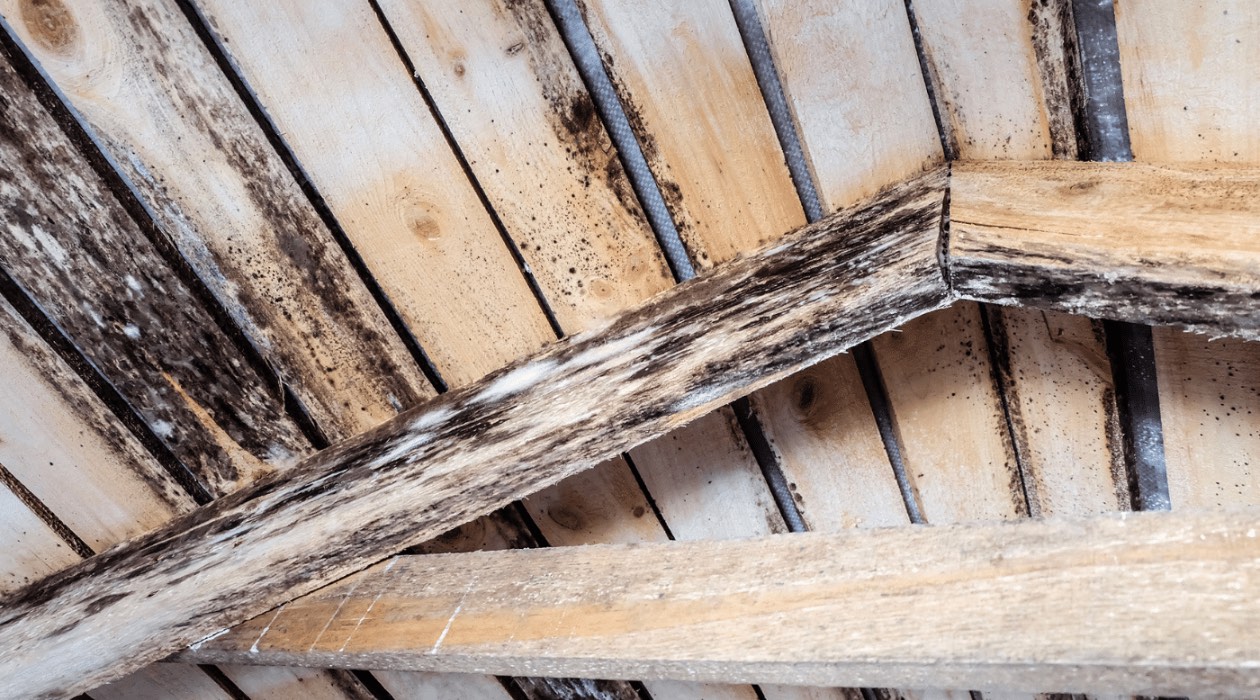

Articles
How To Get Rid Of Musty Attic Smell
Modified: November 2, 2024
Discover effective articles on how to eliminate the unpleasant musty smell in your attic. Say goodbye to mustiness and enjoy freshness in your home!
(Many of the links in this article redirect to a specific reviewed product. Your purchase of these products through affiliate links helps to generate commission for Storables.com, at no extra cost. Learn more)
Introduction
Welcome to our comprehensive guide on how to get rid of that musty attic smell. If you’ve noticed a musty odor emanating from your attic, you’re not alone. Many homeowners encounter this unpleasant smell, which can be caused by a variety of factors. In this article, we will delve into the reasons why your attic may smell musty and provide practical tips and tricks to eliminate the odor for good.
A musty smell in the attic not only affects the overall air quality of your home but can also be indicative of underlying issues such as poor ventilation, water leaks, or the presence of mold and mildew. Ignoring this odor can lead to potential health risks and further damage to your attic and belongings stored within it. Therefore, it is essential to address the root cause of the musty smell and take proactive steps to eliminate it.
In this guide, we will be discussing methods to identify the cause of the musty attic smell, as well as techniques to remove moisture, clean, deodorize, and prevent future odors from occurring. By following these steps, you can enjoy a fresh and odor-free attic, ensuring a healthier and more comfortable living environment for you and your family.
Before we dive into the solutions, it’s important to note that if you have severe water damage or a significant mold infestation in your attic, it may be best to consult with a professional to assess and address the situation. Their expertise can help ensure a thorough restoration and removal of any potential health hazards.
Now let’s explore the different potential causes of a musty attic smell and learn how to identify them.
Key Takeaways:
- Say goodbye to that musty attic smell by addressing moisture, improving ventilation, and cleaning thoroughly. Keep your attic fresh and odor-free for a healthier living environment.
- Prevent future musty odors in your attic by implementing proper ventilation, regular maintenance, and controlling humidity levels. Create a clean and healthy space for your home.
Read more: How To Get Rid Of Musty Smell In Closet
Understanding the Musty Attic Smell
Before we jump into solving the problem, it’s important to understand what exactly causes that musty smell in the attic. This distinct odor is often a result of moisture, lack of ventilation, and the growth of mold and mildew.
1. Moisture: Moisture in the attic can come from various sources, such as roof leaks, condensation, or improper insulation. When moisture builds up in a confined space like the attic, it creates the perfect environment for mold and mildew to thrive.
2. Lack of Ventilation: Inadequate ventilation means that there is not enough airflow in the attic to allow moisture to escape. This trapped moisture can lead to the growth of mold and mildew, contributing to the musty smell.
3. Mold and Mildew: If you notice a musty smell in your attic, there’s a high chance that mold and mildew are present. These fungi thrive in damp and dark environments, breaking down organic material and releasing volatile organic compounds (VOCs) that cause the musty odor.
Now that we know the possible culprits behind the musty attic smell, let’s move on to identifying the specific cause in your attic.
Identifying the Cause of the Smell
Before you can effectively eliminate the musty attic smell, it’s crucial to identify the specific cause. Here are some steps to help you pinpoint the source:
1. Inspect for Water Leaks: Check your attic for any signs of water leaks. Look for staining on the walls or ceiling, wet spots, or the presence of water-damaged materials. Water leaks can contribute to excess moisture in the attic, leading to mold growth and the musty smell.
2. Check Ventilation: Assess the ventilation in your attic. Ensure that you have proper ventilation systems such as vents, fans, or windows to allow for adequate airflow. Insufficient ventilation can result in stagnant air and moisture buildup, leading to the musty smell.
3. Look for Mold and Mildew: Look for visible signs of mold and mildew growth. This can include fuzzy or discolored patches on surfaces, a musty odor that intensifies in specific areas, or visible water stains. Excessive mold growth can be a health hazard and must be addressed promptly.
4. Consider Insulation Issues: Improper insulation can trap moisture in the attic, contributing to the musty smell. Check for any damaged or outdated insulation and ensure it is properly installed to prevent moisture buildup.
5. Assess Plumbing and HVAC Systems: In some cases, the musty smell in the attic may be a result of plumbing or HVAC issues. Check for any leaky pipes, improper drainage, or malfunctioning HVAC systems that may be causing excess moisture to infiltrate the attic.
By meticulously examining these factors, you can narrow down the cause of the musty smell in your attic. Once you have identified the source, you can take appropriate measures to eliminate the odor and prevent it from recurring.
Proper Ventilation and Air Circulation
One of the key factors in preventing and eliminating musty attic smells is ensuring proper ventilation and air circulation. Proper airflow helps to remove excess moisture and prevent the growth of mold and mildew. Here are some steps you can take to improve ventilation in your attic:
1. Install Attic Vents: Attic vents are essential for allowing fresh air to enter the attic and push out stale, moist air. Consider installing ridge vents, soffit vents, gable vents, or attic fans to facilitate proper air exchange. These vents can significantly improve airflow and reduce humidity levels in the attic.
2. Clear Ventilation Pathways: Ensure that all ventilation pathways in your attic are clear of obstructions. Move any stored items or debris that may be blocking the vents or preventing air from circulating freely. Clear paths will promote better airflow and help maintain a healthier attic environment.
3. Use Ventilation Fans: In addition to passive ventilation, consider installing ventilation fans specifically designed for attics. These fans can be mounted on the roof or wall and are designed to pull out stale air and moisture from the attic, promoting fresh air intake. Properly sized fans can greatly enhance airflow and control humidity levels.
4. Seal Air Leaks: Check for any air leaks in the attic, such as gaps around windows or penetrations for wiring and pipes. Use caulking or weatherstripping to seal these leaks and prevent outside humid air from entering the attic. This will help maintain a more controlled environment and prevent moisture infiltration.
5. Insulate Properly: Insulation plays a crucial role in maintaining temperature and regulating moisture levels in the attic. Ensure that your attic is properly insulated according to local building codes. Proper insulation will help prevent condensation and reduce the risk of mold growth.
By implementing these ventilation strategies, you can improve air circulation, reduce moisture buildup, and eliminate the musty smell in your attic. Remember to regularly inspect and maintain your attic’s ventilation system to ensure its continued effectiveness.
Removing Moisture and Dampness
Moisture and dampness are common culprits behind the musty smell in the attic. To effectively combat this issue, it is important to remove excess moisture and prevent its recurrence. Here are some steps to help you get rid of moisture and dampness:
1. Identify and Fix Leaks: Thoroughly inspect your attic for any signs of water leaks. Check the roof, windows, plumbing fixtures, and HVAC systems for potential sources of moisture. Repair any leaks promptly to prevent further water damage and moisture buildup.
2. Improve Insulation: Proper insulation helps regulate temperature and prevent condensation. Ensure that your attic is adequately insulated to minimize the risk of moisture accumulation. Replace damaged or outdated insulation and consider adding a vapor barrier to further prevent moisture infiltration.
3. Increase Air Circulation: Enhance air circulation in the attic by using fans or installing ventilation systems, as mentioned earlier. Proper airflow helps eliminate stagnant air and reduces moisture levels. Consider running fans or opening windows periodically to allow fresh air into the attic.
4. Use Dehumidifiers: In areas with high humidity or persistent moisture issues, using dehumidifiers can be beneficial. Place dehumidifiers in the attic to extract excess moisture from the air. Monitor and empty the condensate regularly to prevent a buildup of water that can promote mold growth.
5. Utilize Desiccants: Desiccants, such as silica gel packs or moisture-absorbing crystals, can help absorb excess moisture in the attic. Place them in strategic locations like closets or storage areas to reduce humidity levels. Remember to replace or recharge these desiccants periodically.
6. Properly Ventilate Appliances: If you have appliances or HVAC systems in your attic, ensure that they are properly vented to the outside. Improperly vented appliances can release moisture into the attic, contributing to dampness and an unpleasant odor.
By addressing and eliminating excess moisture and dampness, you can significantly reduce the musty smell in your attic. Remember to vigilantly monitor and maintain proper moisture levels to avoid any future issues.
Ensure proper ventilation in the attic by installing vents or a fan. Remove any mold or mildew and use a dehumidifier to reduce moisture levels. Consider using an odor neutralizer or placing bowls of activated charcoal to absorb the musty smell.
Read more: How To Get Rid Of Rat Smell In The Attic
Cleaning and Deodorizing the Attic
Once you have addressed the underlying causes of the musty smell and removed excess moisture, it’s time to focus on cleaning and deodorizing your attic. Here are some effective methods to freshen up your attic:
1. Remove Clutter: Start by decluttering your attic. Remove any unnecessary items that may be contributing to the musty smell. Storing fewer items in the attic allows for better airflow and reduces the chances of mold and mildew growth.
2. Vacuum and Dust: Thoroughly vacuum and dust all surfaces in the attic. Pay special attention to corners, walls, and ceilings. Use a vacuum with a HEPA filter to trap dust particles and allergens. Dusting regularly helps to eliminate the source of odors and prevents the buildup of dirt and debris.
3. Wipe Down Surfaces: Use a mild cleaning solution and a clean cloth to wipe down surfaces in the attic. This includes walls, floors, and any exposed beams or rafters. Avoid using harsh chemicals that may leave strong odors behind.
4. Clean or Replace Insulation: If your insulation has been affected by mold or has an unpleasant smell, it may be necessary to clean or replace it. Consult with a professional to determine the best course of action for your specific situation.
5. Odor Absorbers: Use natural odor absorbers to eliminate lingering smells in the attic. Place bowls of activated charcoal, baking soda, or vinegar in strategic locations to absorb odors. Remember to change or refresh these odor absorbers regularly.
6. Air Purifiers: Consider using air purifiers with HEPA filters to improve air quality in the attic. These devices help remove airborne pollutants and allergens, reducing odors and promoting a fresher environment.
7. Eliminate Pest Infestations: Musty smells can also be caused by pest infestations, such as rodents or insects. If you suspect that pests are the source of the odor, take appropriate measures to eliminate them. Consult with a professional exterminator if necessary.
By thoroughly cleaning and deodorizing your attic, you can eliminate lingering smells and create a fresh and inviting space. Regular maintenance and cleaning will help prevent the musty odor from returning in the future.
Removing Mold and Mildew
If your attic has a musty smell, there’s a high likelihood that mold and mildew are present. To effectively eliminate the odor, it’s crucial to address any mold and mildew growth. Here are the steps to remove mold and mildew from your attic:
1. Wear Protective Gear: Before starting the removal process, ensure your safety by wearing protective gear, including gloves, goggles, and a respirator mask. This will protect you from exposure to potentially harmful mold spores.
2. Identify and Contain the Mold: Inspect your attic thoroughly to locate all areas affected by mold and mildew. Look for visible signs such as discoloration, black spots, or fuzzy growth. Once identified, isolate the affected area by sealing it off with plastic sheets or tarps to prevent the spread of mold spores.
3. Clean with Mold-Killing Solution: Use a mold-killing solution, such as a mixture of water and bleach or a commercially available mold cleaner, to scrub the affected surfaces. Follow the manufacturer’s instructions and ensure proper ventilation during the cleaning process.
4. Remove Contaminated Materials: If any materials, such as insulation or drywall, are extensively damaged by mold growth, it may be necessary to remove and replace them. Consult with a professional or a mold remediation specialist to determine the best course of action.
5. Dry and Dehumidify: After cleaning, thoroughly dry the affected area to prevent further mold growth. Use fans and dehumidifiers to expedite the drying process. Ensure that the humidity levels in the attic remain below 50% to discourage mold and mildew from returning.
6. Address Underlying Issues: Once the mold and mildew have been removed, it’s important to address the underlying issues that led to their growth. This could include fixing leaks, improving ventilation, or addressing insulation problems to prevent future moisture buildup and mold reoccurrence.
7. Regular Maintenance: Maintain a regular cleaning and inspection routine to monitor the attic for any signs of mold and mildew. Promptly address any issues that arise to prevent them from getting out of hand.
Removing mold and mildew from your attic requires careful attention and caution. If you’re dealing with extensive mold growth or are unsure about the best approach, it’s recommended to seek professional mold remediation services to ensure a thorough and safe clean-up.
Preventing Future Musty Smells in the Attic
Prevention is key when it comes to avoiding future musty smells in your attic. By implementing these preventive measures, you can maintain a fresh and odor-free attic space:
1. Proper Ventilation: Ensure your attic has adequate ventilation to promote airflow and prevent moisture buildup. Install vents, fans, or windows to facilitate proper air exchange and reduce the risk of musty odors caused by stagnant air.
2. Insulation and Air Sealing: Insulate your attic properly to regulate temperature and prevent condensation. Ensure all air leaks are sealed to prevent outdoor humidity from infiltrating the attic. Proper insulation and air sealing will help maintain a controlled environment and reduce the risk of mold and mildew growth.
3. Regular Maintenance: Schedule regular inspections of your attic for leaks, damage, or signs of moisture. Address any issues promptly to prevent them from escalating. Regularly clean and dust the attic to minimize the buildup of dirt, debris, and potential odor-causing particles.
4. Monitor Humidity Levels: Keep an eye on the humidity levels in your attic. Humidity should ideally be kept below 50%. Consider using a hygrometer to monitor and maintain a proper humidity level. If necessary, utilize dehumidifiers to remove excess moisture from the air.
5. Manage Water Sources: Check your roof regularly for any signs of damage or leaks. Repair any leaks promptly to prevent water infiltration into the attic. Ensure proper drainage from HVAC systems and plumbing fixtures to prevent excess moisture buildup.
6. Control Pests: Implement measures to deter or eliminate pests, such as rodents and insects, from entering your attic. Pests can cause damage and contribute to musty smells. Seal any potential entry points and consult with an exterminator if you suspect a pest infestation.
7. Keep Attic Clean and Organized: Limit storing unnecessary items in the attic to promote better airflow. Keep the area clean and free from clutter, as it can hinder proper ventilation and create an environment conducive to mold and mildew growth.
By following these preventive measures, you can significantly reduce the risk of musty smells in your attic and maintain a fresh and healthy living environment.
Conclusion
Dealing with a musty smell in the attic can be a frustrating and unpleasant experience. However, by understanding the causes and taking proactive measures, you can eliminate the smell and prevent it from returning. Proper ventilation, identification and removal of moisture sources, cleaning and deodorizing, and addressing mold and mildew growth are key steps in the process.
Remember to regularly inspect your attic for signs of leaks, ensure proper ventilation and insulation, and maintain a clean and organized space. By doing so, you can prevent the buildup of excess moisture, mold, and mildew that contribute to the musty smell. It is also important to promptly address any issues that arise, such as leaks or mold growth, to prevent them from escalating and causing further damage.
Additionally, practicing preventive measures such as monitoring humidity levels, controlling pests, and maintaining a regular cleaning routine can help you avoid future musty smells in your attic. By staying proactive and vigilant, you can create a fresh and healthy environment in your attic and throughout your home.
If you’re dealing with extensive mold growth, significant water damage, or are unsure about the best approach, it is recommended to consult with professionals or mold remediation specialists. Their expertise can ensure a thorough restoration and mitigation process, protecting your home and the well-being of your family.
Taking the necessary steps to eliminate musty smells in your attic not only improves the overall air quality of your home but also safeguards your health and preserves the integrity of your property. With a clean and fresh-smelling attic, you can enjoy a comfortable living space and have peace of mind knowing that your home is free from the unpleasant odors associated with moisture and mold.
Frequently Asked Questions about How To Get Rid Of Musty Attic Smell
Was this page helpful?
At Storables.com, we guarantee accurate and reliable information. Our content, validated by Expert Board Contributors, is crafted following stringent Editorial Policies. We're committed to providing you with well-researched, expert-backed insights for all your informational needs.
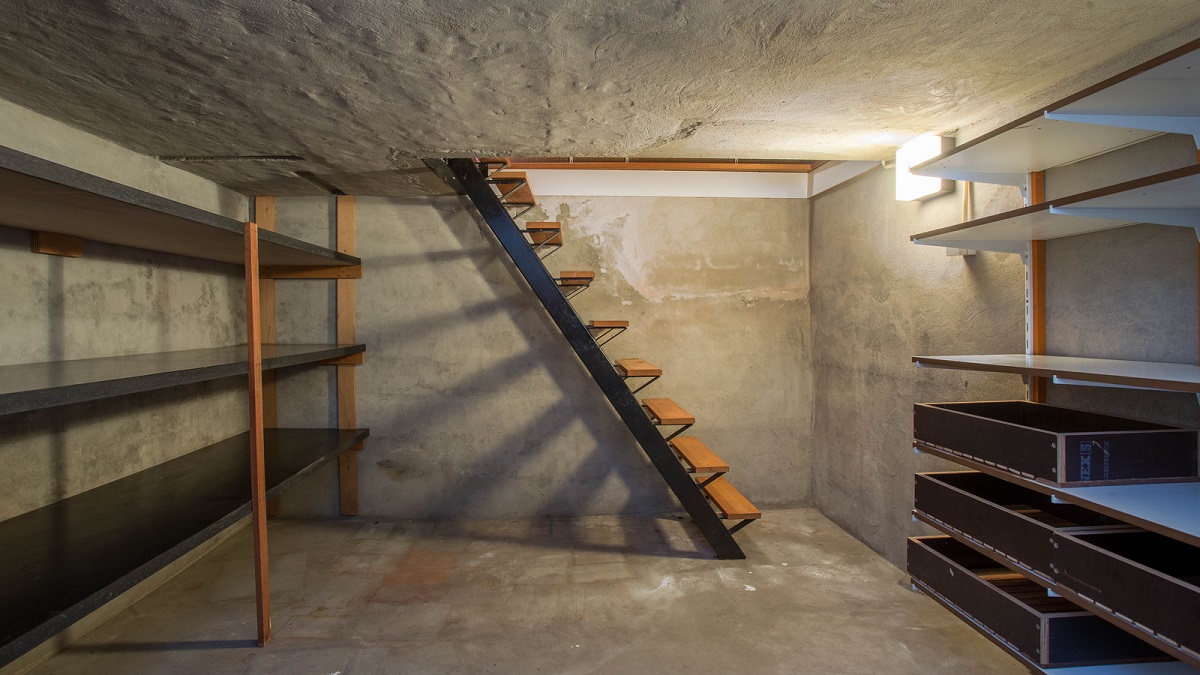

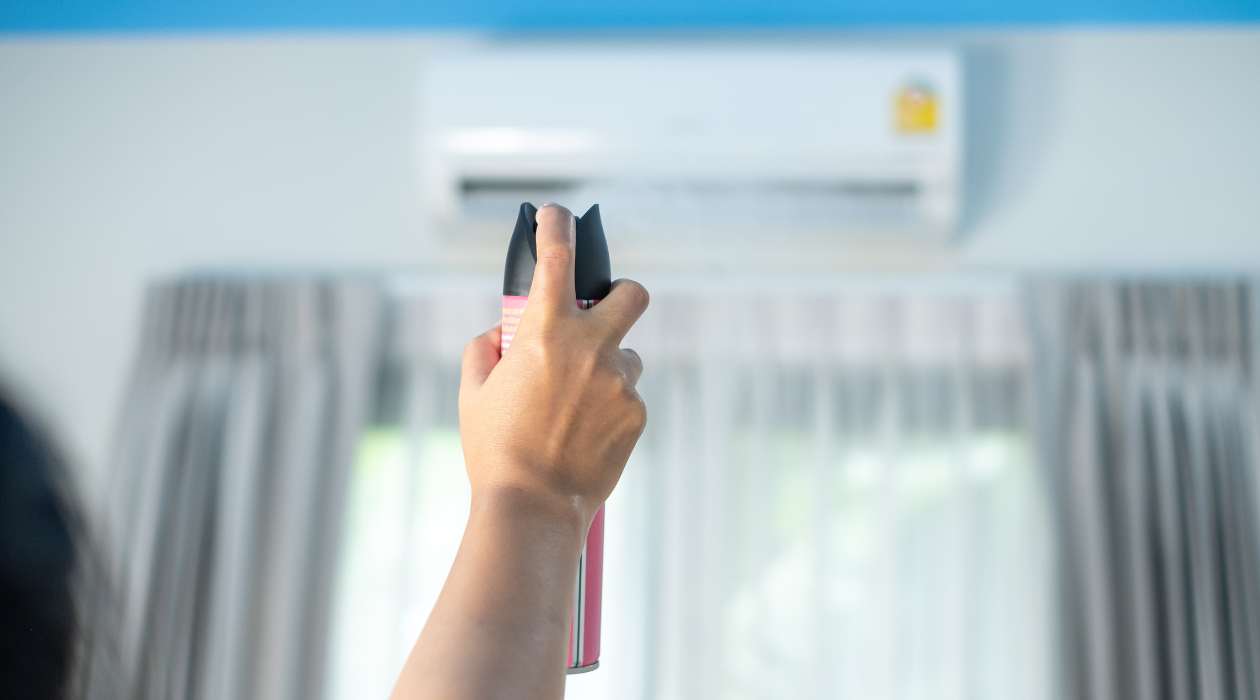

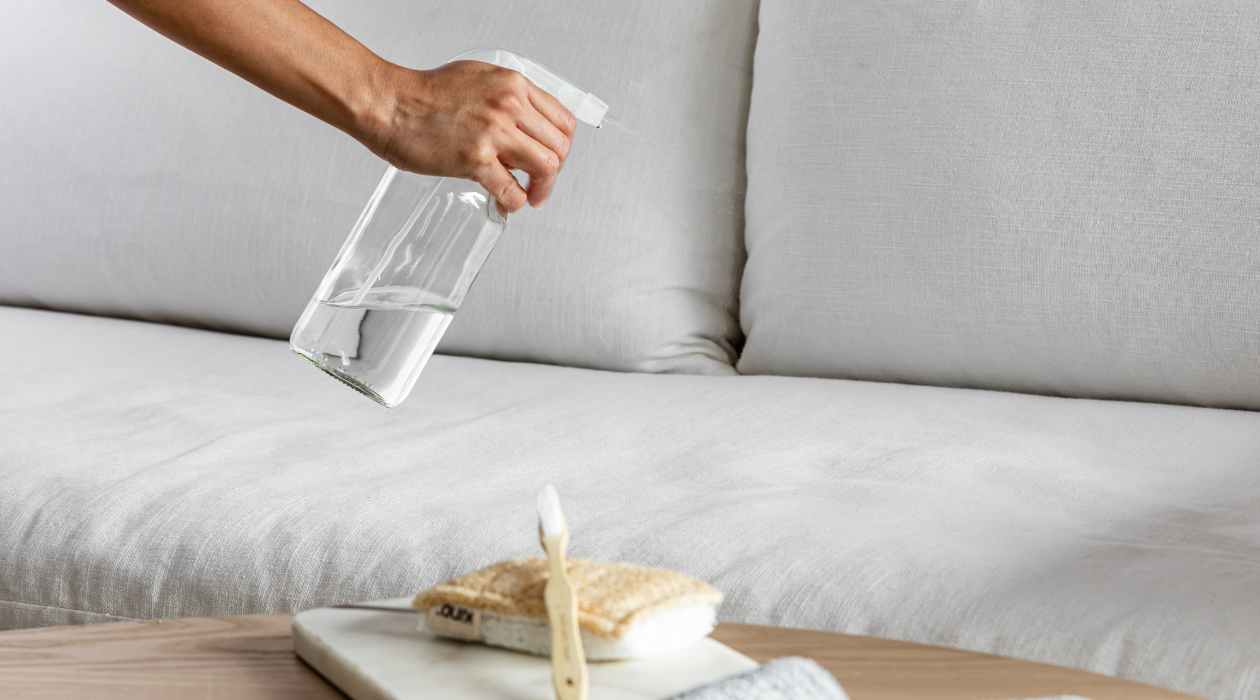


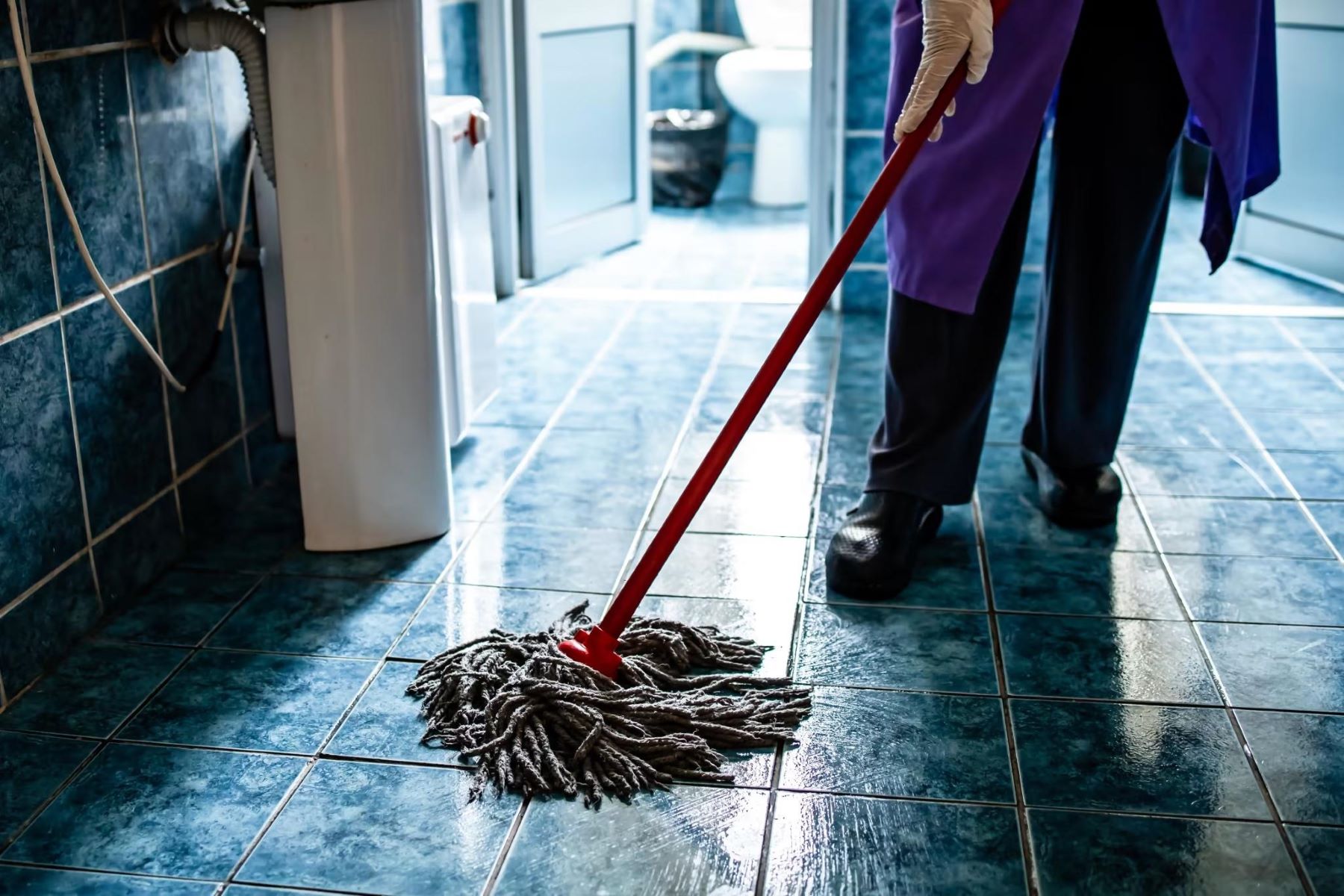

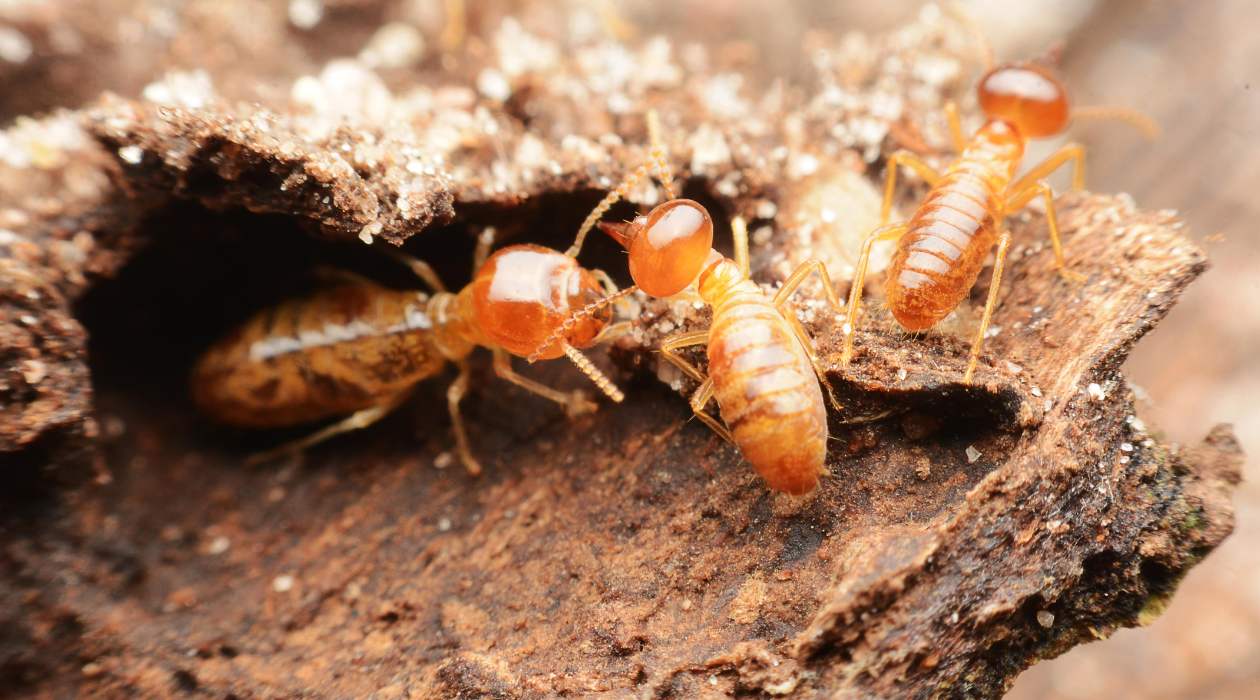
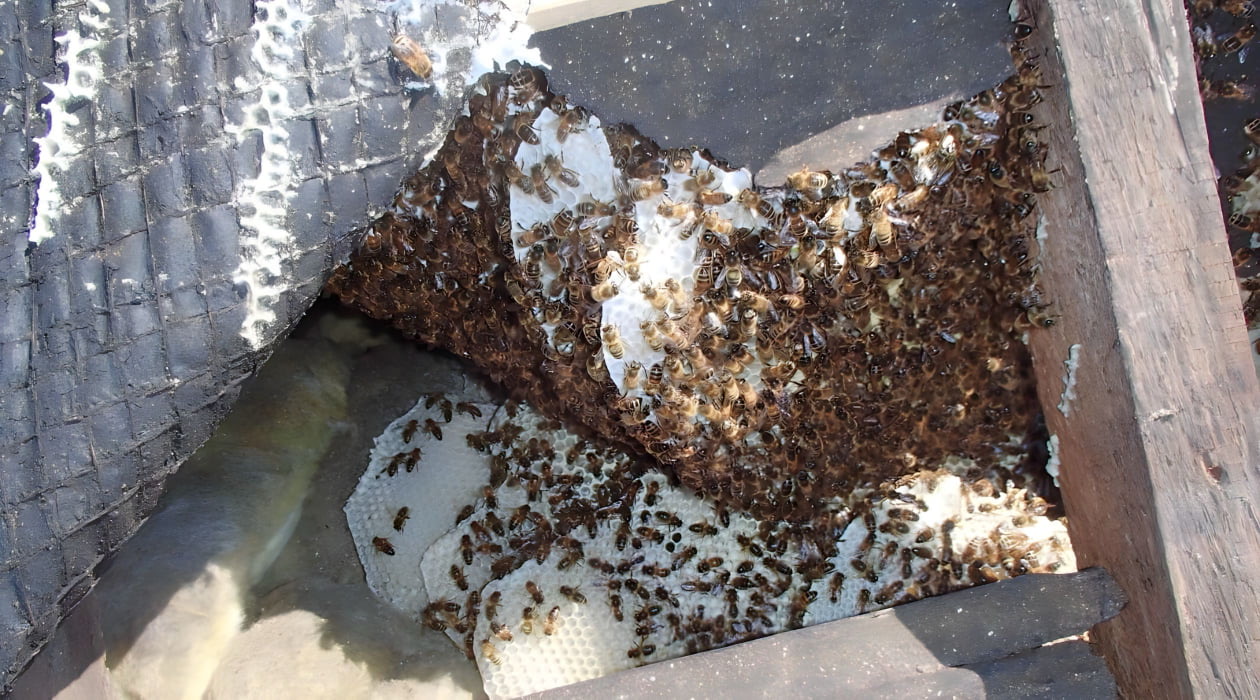
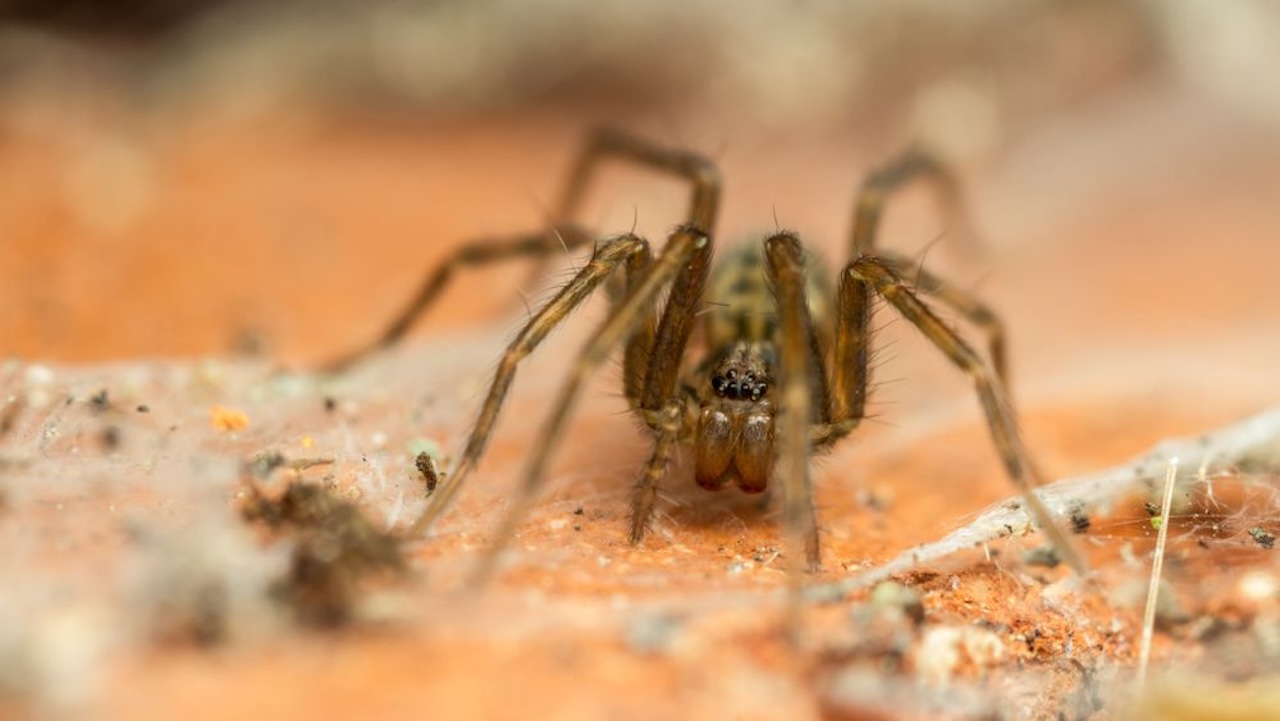
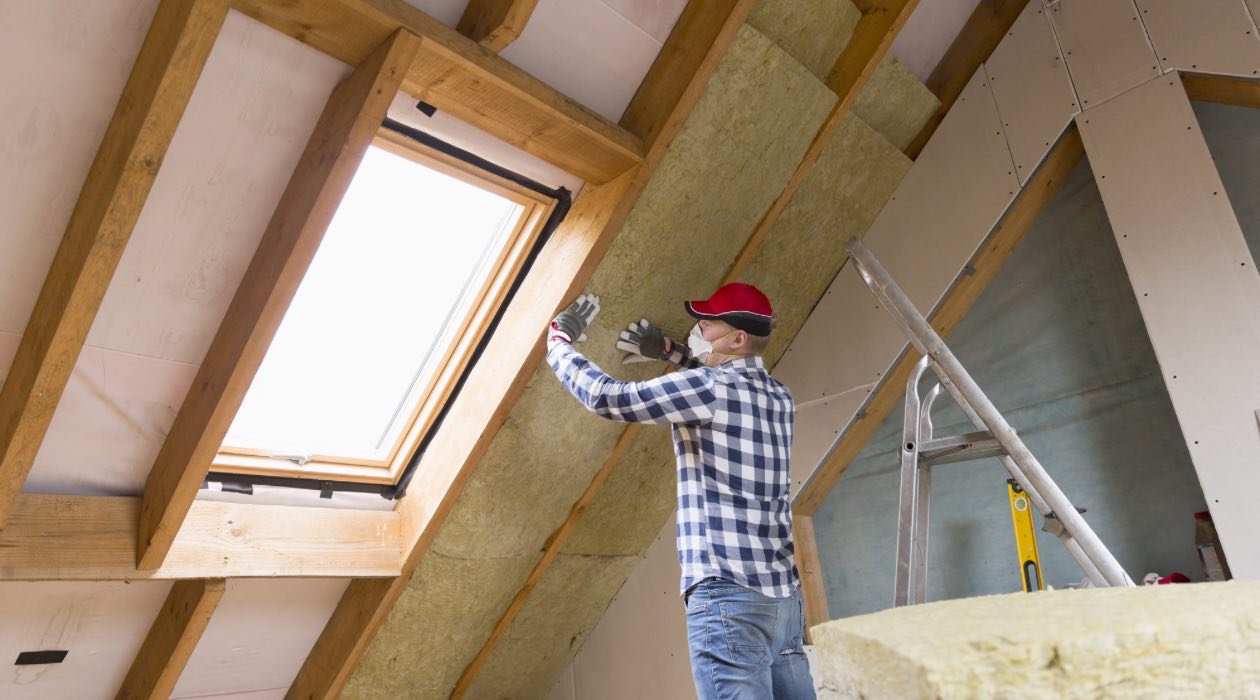
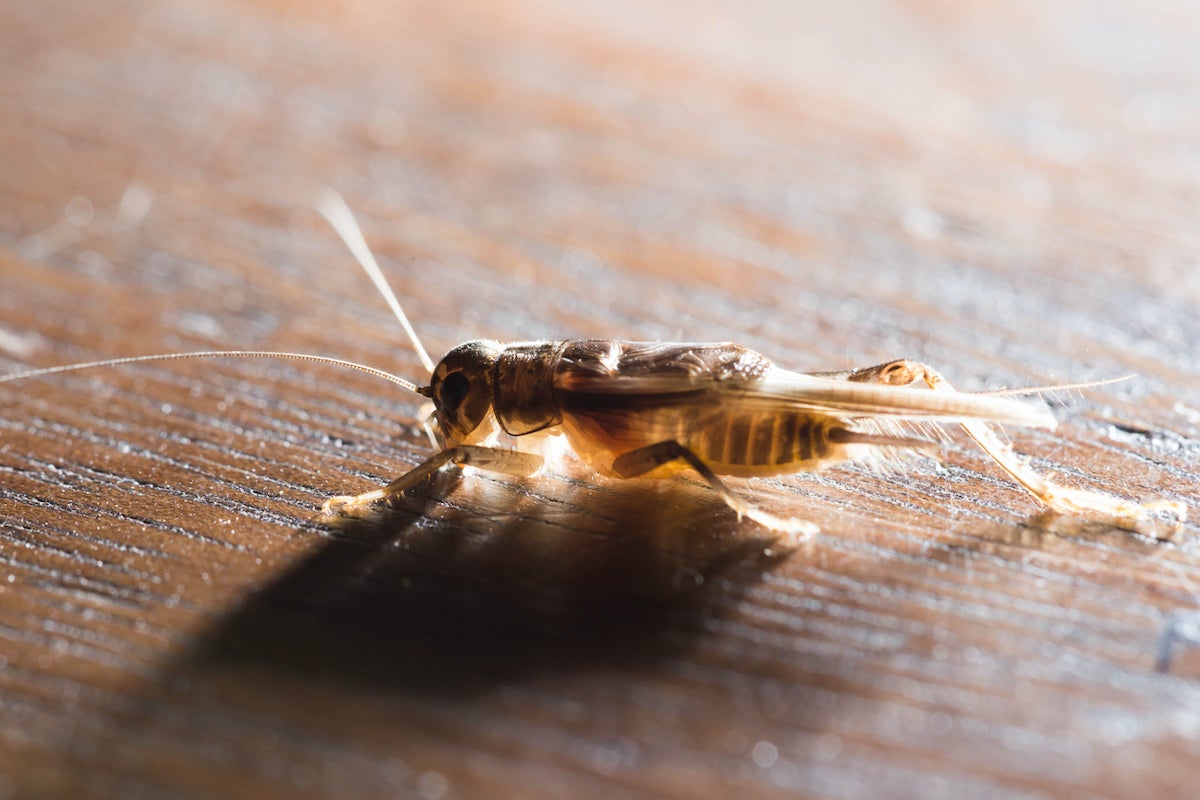

0 thoughts on “How To Get Rid Of Musty Attic Smell”